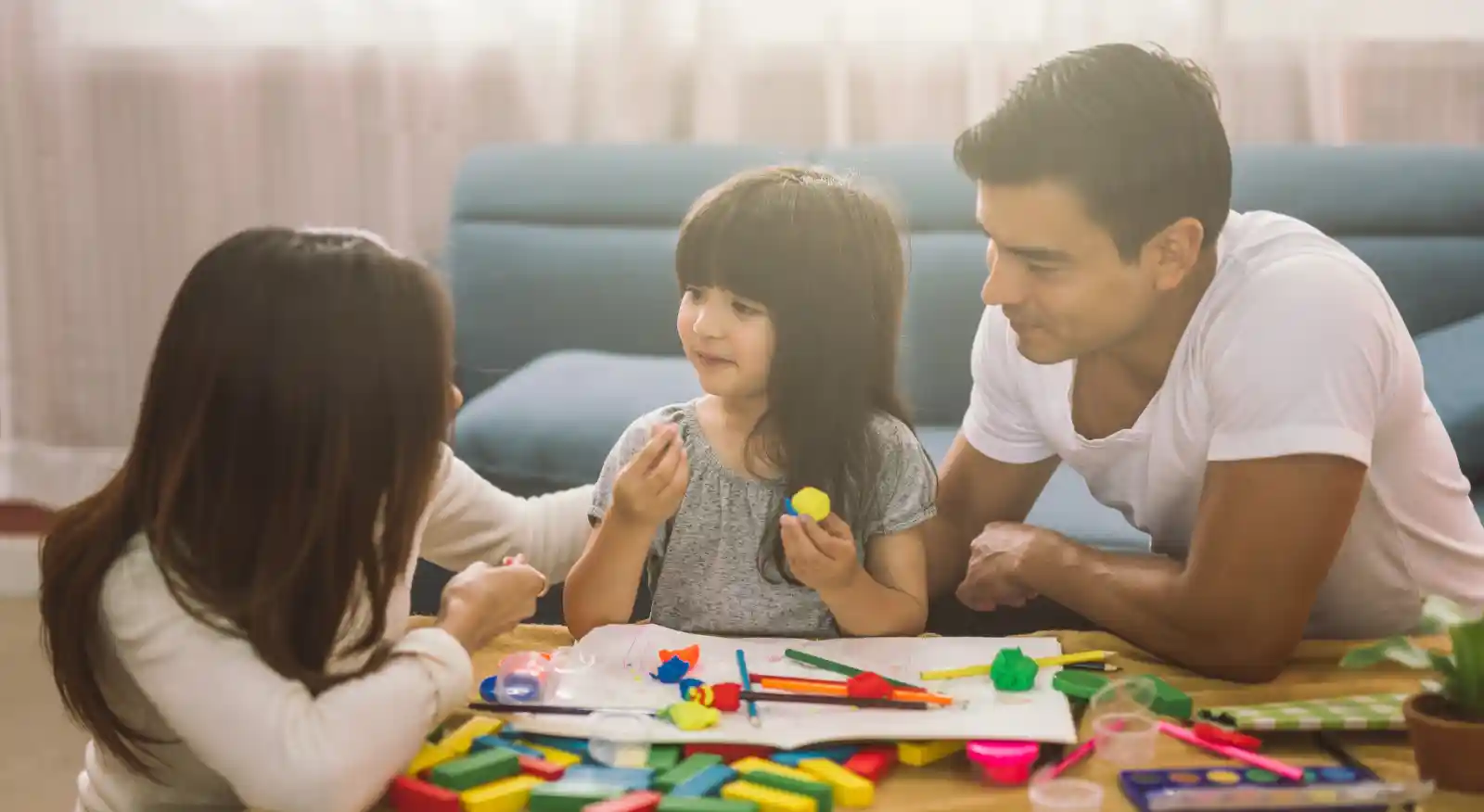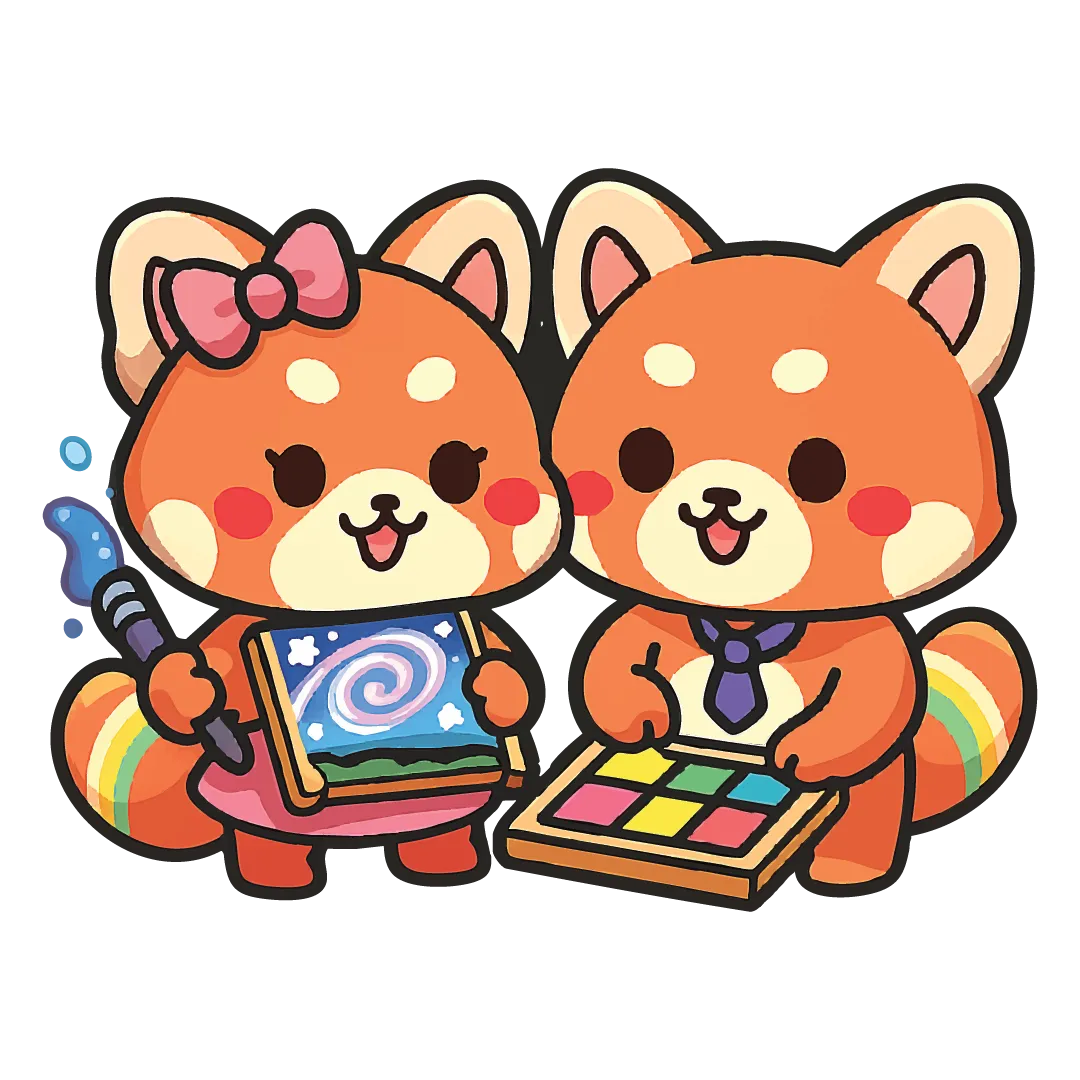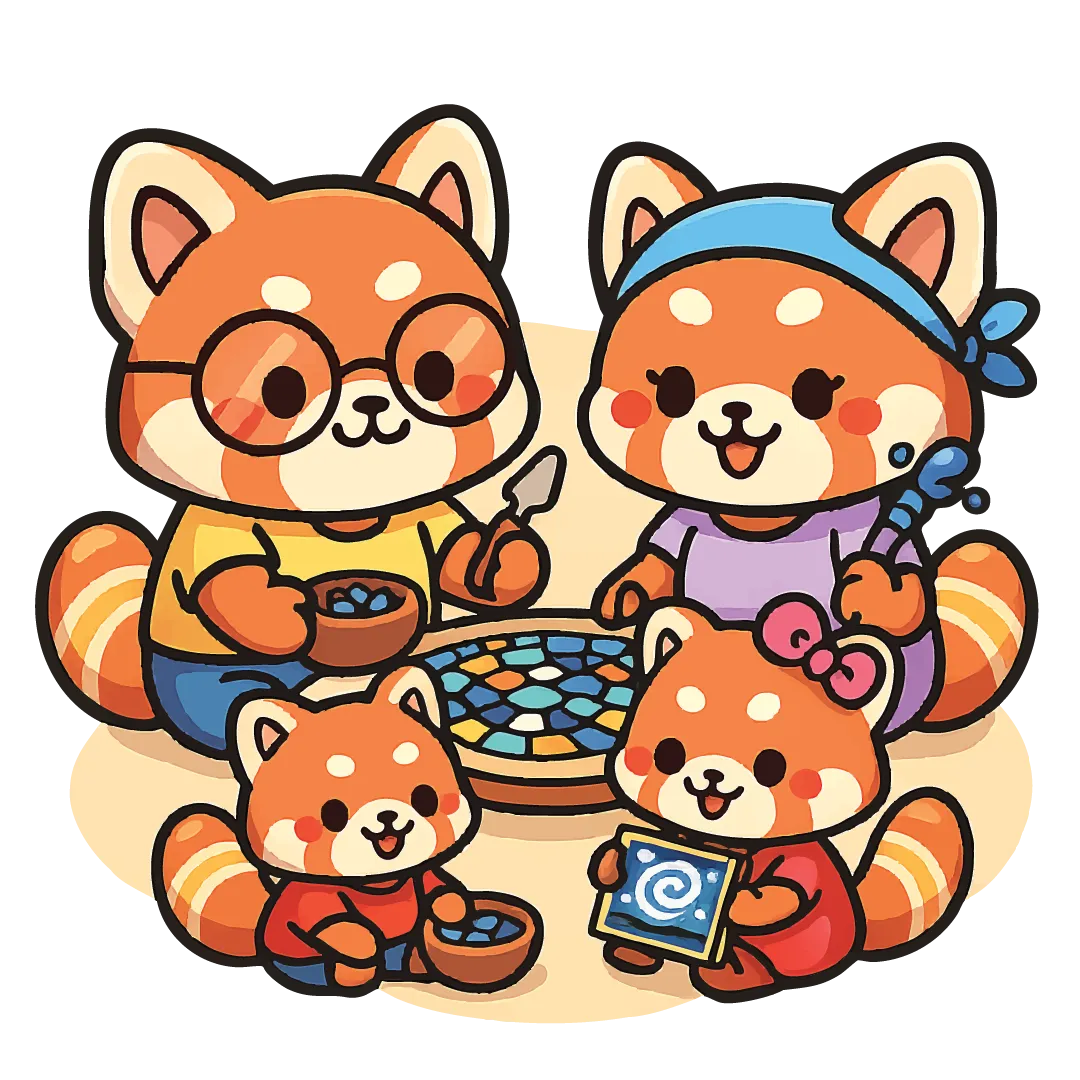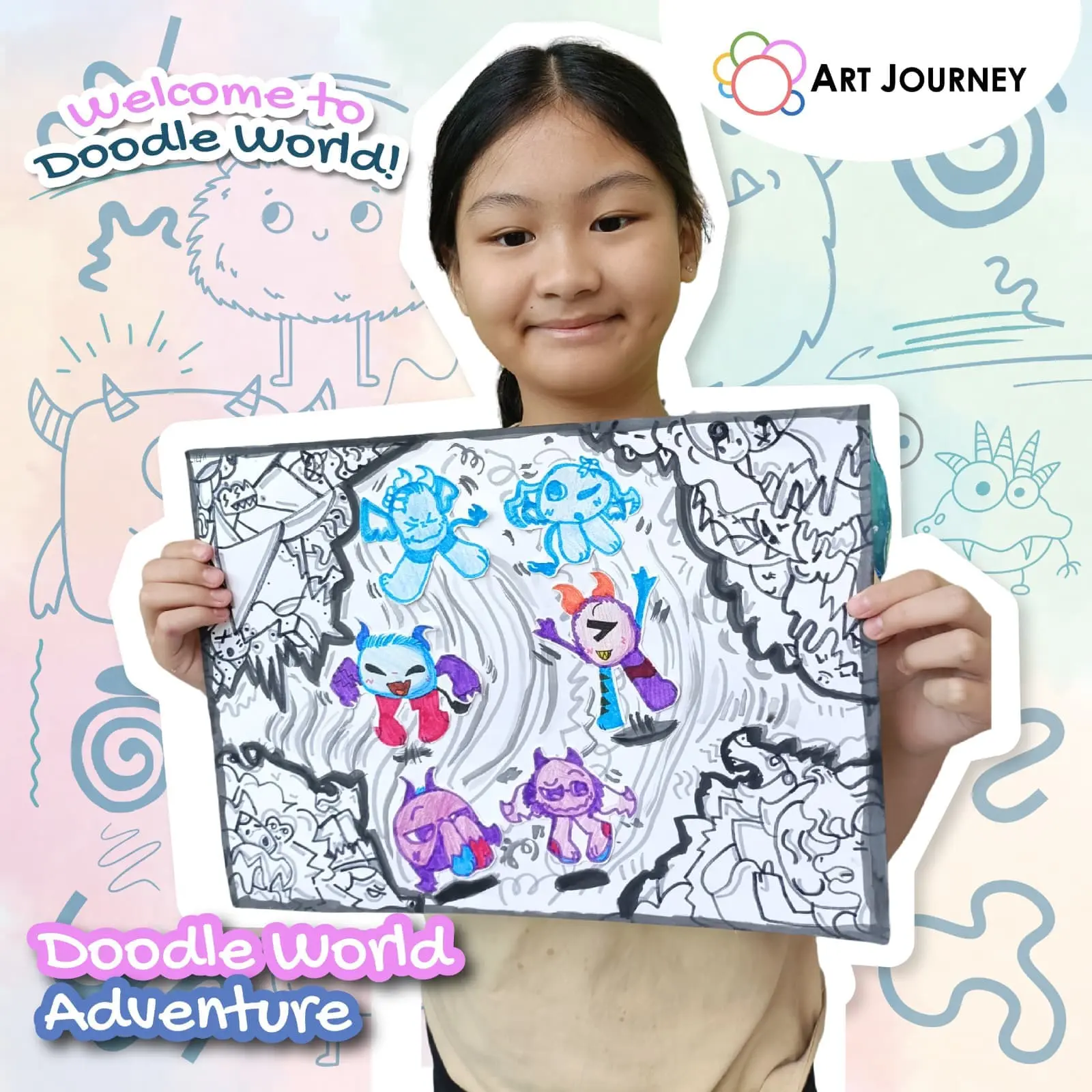
How to Create Lasting Memories with Art as a Family
In today’s busy world, finding time for quality family moments can be a challenge. Work schedules, school routines, digital distractions, and never-ending to-do lists often take up our attention. But amidst all the chaos, one simple and deeply rewarding way to connect as a family still stands strong: creating art together.
You don’t need to be an artist or have a home studio to enjoy the benefits of family art time. Whether it’s a Saturday afternoon with crayons or a guided session at an art space, these moments of shared creativity can become the kinds of memories your family will cherish for years.
Let’s explore how you can create lasting memories through art, why it’s such a powerful bonding tool, and some easy ways to get started—no special skills required.
Why Art Makes Great Family Time
Unlike passive activities like watching TV or scrolling through phones, making art is active and collaborative. Everyone is involved, everyone contributes, and everyone expresses themselves in their own unique way. The process encourages communication, imagination, and even laughter—especially when things don’t go as planned.
Art also allows families to slow down, be present, and appreciate each other’s perspectives. You may be surprised how much you learn about one another just by sharing a canvas or working on a joint project.
The Benefits of Making Art as a Family
Creating art together isn’t just fun—it supports emotional and social development, too. Here’s what makes it so impactful:
- Strengthens Emotional Bonds
Art encourages openness and sharing. As each family member creates, they may express emotions they don’t always talk about directly. Sharing art in a judgment-free environment builds empathy and deepens mutual understanding.
- Encourages Mindfulness
Art slows things down. Whether you’re mixing colours or placing tiny mosaic pieces, it demands attention to the moment. That quiet focus can calm the mind and reduce stress for both children and adults.
- Fosters Teamwork and Communication
Collaborative art projects teach problem-solving and cooperation. Even deciding what to draw or how to decorate something can lead to fun discussions—and occasionally, funny disagreements that turn into laughter.
- Builds Confidence
When family members display their art on the fridge or in a shared space, it validates each person’s effort and talent. That sense of pride and encouragement boosts confidence, especially for younger kids.
- Creates Tangible Memories
Photos fade and digital files get lost. But a hand-painted canvas, a clay sculpture, or a family-made collage can hang on your wall or sit on a shelf for years—reminding everyone of the time you spent together.
How to Make Art a Meaningful Family Experience
Now that we know why art is a valuable bonding activity, here are some simple and enjoyable ways to incorporate it into your family routine.
1. Set a Time for Art
Life gets busy, so schedule your art time like any other important family activity. You can choose:
- Weekend mornings or afternoons for longer projects
- Weeknight wind-down sessions with quick sketches or colouring
- Special occasions like birthdays, holidays, or family celebrations
Even 30 minutes of art can turn into something memorable.
2. Choose Activities That Suit All Ages
You don’t need everyone to work at the same skill level. The goal is participation, not perfection.
Ideas for all ages:
- Finger painting for toddlers
- Simple drawing prompts for kids
- Collage or mixed media for older siblings
- Watercolour or acrylic painting for parents
- Joint mural or poster as a group project
You can also rotate who picks the activity each week, giving everyone a chance to lead.
3. Use Simple, Accessible Materials
You don’t need a big budget or special tools. Many great projects can be done using:
- Paper, markers, and crayons
- Water-based paint
- Recyclable materials (for sculpture or collage)
- Stickers, stamps, and washi tape
- Air-dry clay
Set up a basic “art box” that you can pull out anytime. Include wipes and table coverings to make cleanup easy.
4. Tell Stories Through Art
Turn your art into a family storytelling session. Each person can draw a page of a shared story, or you can illustrate your family’s favourite memory, holiday, or even an imagined adventure.
This adds meaning to the creation and strengthens family culture through shared narratives.
5. Try Themed Projects
Having a theme can make things more fun and give structure to your time. Some family-friendly art themes include:
- Seasons (e.g., autumn leaves, spring flowers)
- Feelings (e.g., “Draw what happiness looks like”)
- Nature (e.g., paint your dream garden)
- Around the World (e.g., art inspired by different cultures)
- Family Portraits (draw each other or yourselves as superheroes)
Themed activities can also lead to meaningful conversations, especially with older kids and teens.
6. Celebrate and Display the Results
Put up a “family art gallery” at home—a wall, corkboard, or rotating frame where you showcase your creations. Seeing their work on display helps children feel proud, and it reminds the whole family of the time spent together.
You can also take photos of each artwork and compile them into a digital family art album at the end of the year.
Need Some Help? Try a Family Art Jamming
If you’re looking for a guided experience, art studios like Art Journey in Singapore offer family-friendly sessions where parents and children create together. These workshops are a great way to try something new, use professional materials, and get ideas you can bring back home.
The benefit of joining a studio-based session is that the logistics are taken care of—materials, space, and instruction—so you can simply enjoy the experience as a family.










